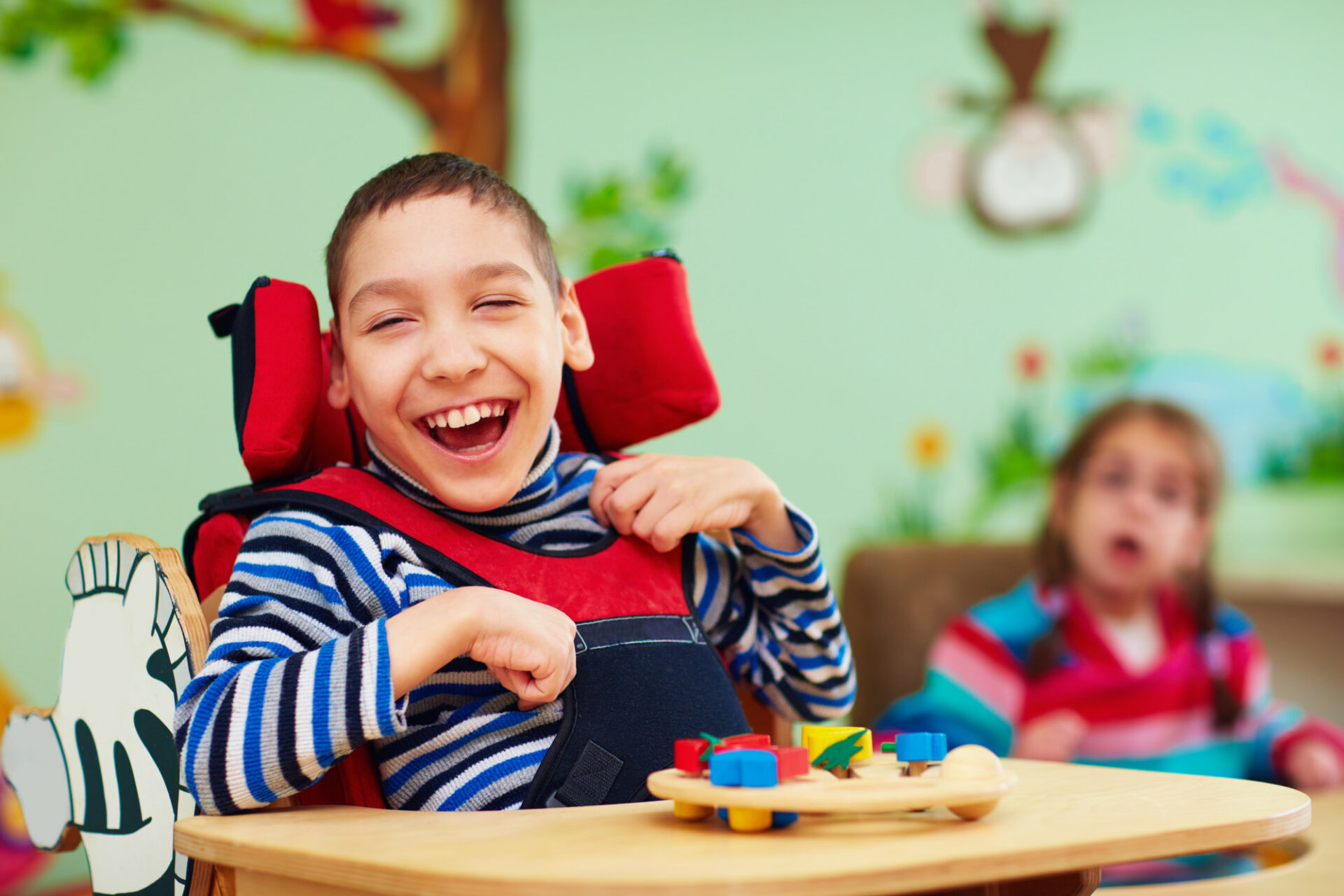The Duty of Education And Learning in Sustaining Pupils with Autism: Best Practices
The Duty of Education And Learning in Sustaining Pupils with Autism: Best Practices
Blog Article
Discovering Autism: Techniques for Effective Interaction and Interaction
Effective interaction and interaction with individuals on the autism spectrum necessitate a thorough understanding of their distinct requirements and preferences. The ins and outs of these techniques disclose more considerations that merit exploration, particularly in just how they can be adjusted to individual experiences and diverse contexts.
Comprehending Autism Spectrum Disorder
Autism Spectrum Problem (ASD) encompasses an array of neurodevelopmental conditions defined by challenges in social communication, interaction, and repetitive habits. The term "range" mirrors the varied indications and varying degrees of intensity experienced by people with ASD. While some might display significant impairments, others might show high-functioning traits, enabling for higher independence in every day life.
The beginning of ASD commonly happens in early childhood, with indications typically recognizable by age 2. Very early signs might include postponed speech growth, limited eye contact, and problems in comprehending social hints. The specific etiology of ASD continues to be uncertain, research recommends a mix of ecological and hereditary elements plays an important duty in its growth.
As an outcome, interventions and support customized to private demands are vital for fostering interaction and social skills. Acknowledging the complexity of ASD is crucial for promoting recognition, acceptance, and reliable approaches that promote purposeful communications with people on the range.

Importance of Clear Communication
Reliable interaction is crucial for cultivating understanding and link, particularly for people with Autism Spectrum Condition (ASD) Clear interaction not only helps with social interactions but additionally boosts the individual's capability to express their demands, thoughts, and emotions. For people with ASD, the subtleties of language can often be testing; consequently, utilizing distinct and uncomplicated language is crucial.
In addition, clear interaction assists reduce stress and anxiousness that may develop from misconceptions. When messages are conveyed in a straight and constant manner, people with ASD are better equipped to analyze details precisely, which can substantially improve their social involvement and engagement in different settings.
Establishing regimens and making use of visual assistances can better boost clear interaction. These methods provide individuals with foreseeable frameworks that help understanding and retention of info. In addition, actively being and paying attention person throughout communications promotes an encouraging setting where people with ASD really feel valued and recognized.
Inevitably, prioritizing clear communication not just empowers individuals with ASD however additionally fosters more significant links with their peers, caregivers, and the larger neighborhood, leading the way for inclusive interactions and collective partnerships. - autism
Non-Verbal Interaction Strategies
Interaction extends beyond words, and for individuals with Autism Spectrum Condition (ASD), non-verbal hints play a substantial duty in communications. Non-verbal interaction techniques can include facial expressions, gestures, body language, and eye contact, all of which function as important components for sharing intentions and emotions.
Comprehending and translating these non-verbal signals can improve communications with individuals with ASD. As an example, a cozy smile or open pose can develop an inviting environment, motivating involvement. Likewise, using visual help-- such as image cards or icons-- can connect communication gaps and help share messages better.
It is likewise essential to be mindful of individual area, as individuals with ASD might have different comfort degrees relating to proximity. Observing their responses to physical nearness can inform ideal modifications.

Producing Helpful Environments
Developing a helpful atmosphere is vital for cultivating positive communications and improving the well-being of people with Autism look at this web-site Spectrum Disorder (ASD) Such settings can substantially decrease anxiety and develop a sense of safety, permitting individuals to share themselves a lot more freely.
To attain this, it is vital to take into consideration sensory sensitivities that people with ASD may experience. Modifying you could try this out the physical area to include soft lights, very little history noise, and comfy seating can develop a soothing environment. In addition, using regular routines and clear aesthetic routines can aid individuals prepare for transitions and minimize uncertainty, additional promoting comfort.
Social rooms ought to be structured to decrease overwhelming stimulations while providing chances for engagement in favored tasks. Helping with locations marked for quiet time can additionally work as a refuge throughout moments of anxiety. Notably, incorporating aspects of selection empowers people, permitting them to exercise company in their environment.

Encouraging Social Communications
Promoting social interactions amongst individuals with Autism Spectrum Problem (ASD) needs intentional methods that prioritize convenience and engagement. Developing predictable regimens can help in reducing anxiety, making social settings extra approachable. Developing structured atmospheres with defined functions and duties allows individuals to involve without the overwhelming pressure of disorganized social characteristics.
Integrating passions and strengths into social tasks can work as a driver for interaction. As an example, arranging team tasks around shared hobbies or topics of attraction can promote natural conversations and links. In addition, making use of visual supports, such as photographic timetables or social scripts, can aid in comprehending social hints and assumptions.
Designing ideal social behaviors is essential - autism. Peers and grownups must show reliable interaction strategies, consisting of energetic listening and turn-taking. Role-playing circumstances can also provide a safe space for individuals to practice these skills
Lastly, fostering peer relationships through comprehensive techniques is essential. Motivating Recommended Site comprehensive playdates or team trips can create possibilities for socialization in a comfy setting. By implementing these approaches, instructors and caretakers can substantially improve social interactions for people with ASD, advertising their overall social development and health.
Final Thought
In conclusion, reliable communication and communication methods are important for sustaining individuals with Autism Range Condition. Stressing clear language, integrating non-verbal cues, and developing predictable regimens significantly boost engagement and lower anxiety. Developing supportive atmospheres fosters risk-free social communications, while encouraging shared passions facilitates significant links. Eventually, these approaches empower individuals with autism to browse social landscapes, promoting their general health and enabling the advancement of long-term relationships.
Efficient interaction and communication with people on the autism range demand a comprehensive understanding of their distinct requirements and choices. Clear interaction not just promotes social communications yet likewise enhances the individual's ability to express their emotions, thoughts, and needs.Fostering social interactions among people with Autism Range Problem (ASD) calls for deliberate methods that focus on comfort and engagement. By implementing these caregivers, strategies and educators can significantly boost social communications for individuals with ASD, promoting their total social advancement and well-being.
In conclusion, efficient communication and interaction methods are essential for sustaining individuals with Autism Range Disorder.
Report this page